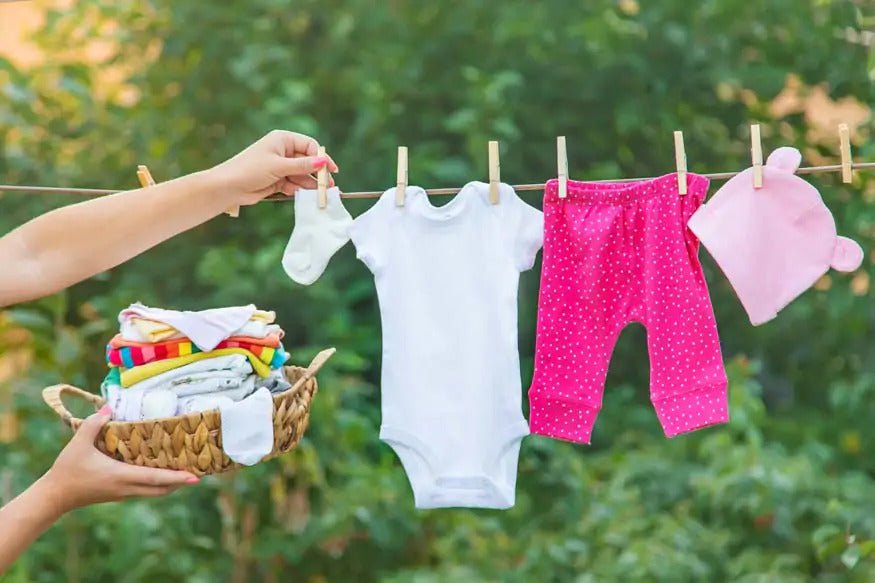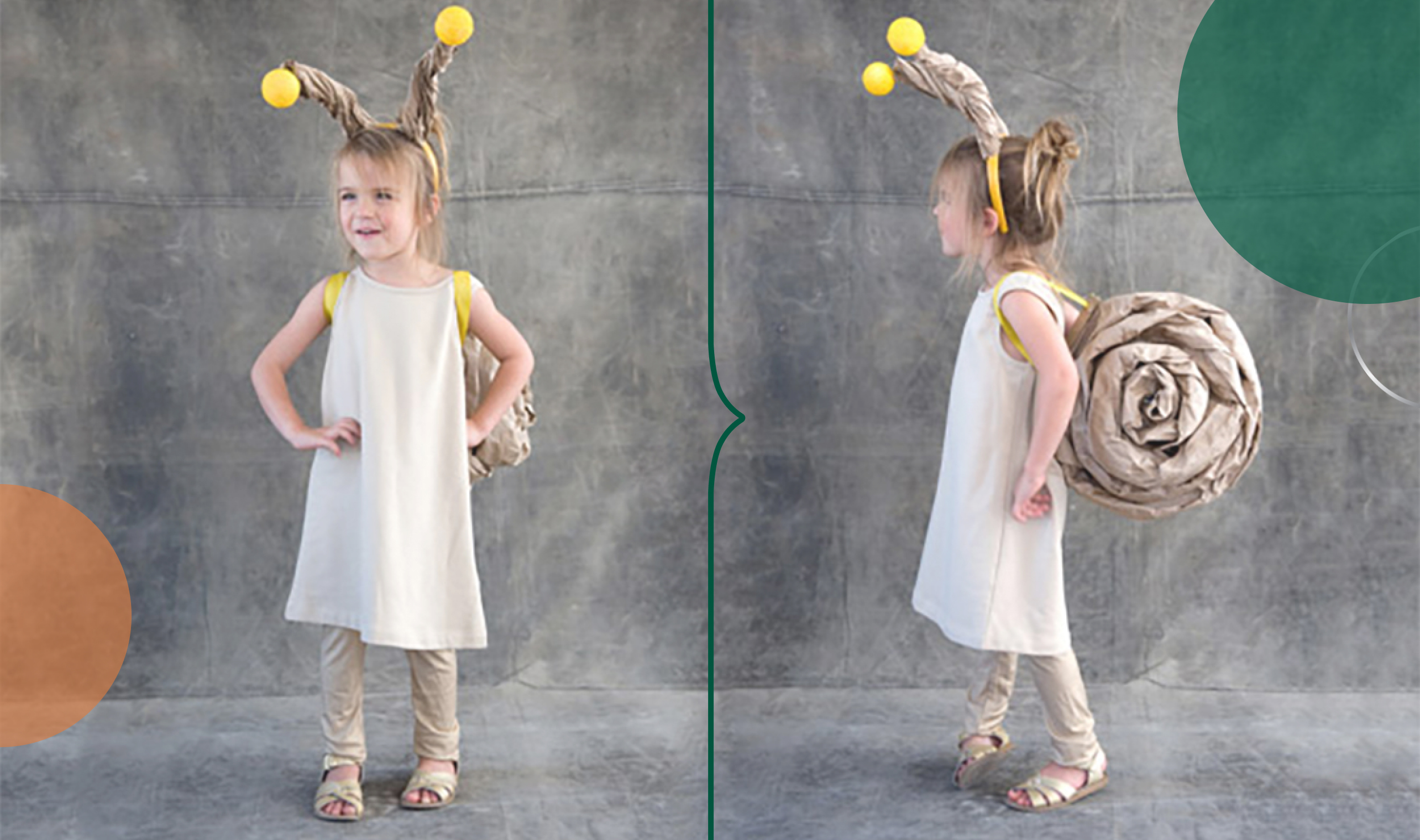Uncategorized
Eco-Friendly Kids’ Fashion: Sustainable Choices for Your Little Ones
As environmental concerns continue to rise, more parents are seeking ways to make sustainable choices when it comes to dressing their children. Eco-friendly kids’ fashion not only promotes environmental responsibility but also ensures that children are dressed in stylish and comfortable clothing that supports a healthier planet. By opting for sustainable fashion, you can reduce waste, support ethical brands, and introduce your child to the importance of caring for the environment. In this article, we’ll explore some sustainable fashion choices for your little ones.
1. Choose Organic and Natural Fabrics
One of the easiest and most impactful ways to make an eco-friendly choice in kids’ fashion is by selecting clothing made from organic or natural fabrics. Conventional fabrics, especially cotton, are often grown using harmful pesticides, which can have detrimental effects on the environment. Organic fabrics, on the other hand, are produced without synthetic chemicals, making them much gentler on both the environment and your child’s skin.
Organic cotton, hemp, linen, and bamboo are all great fabric choices that have a lower environmental impact. These fabrics are not only biodegradable but also require less water and energy to produce. When shopping for clothes for your child, look for labels indicating GOTS (Global Organic Textile Standard) certification, which ensures that the fabric meets high environmental and social criteria.

2. Embrace Second-Hand Clothing
Second-hand clothing is an incredibly sustainable way to build your child’s wardrobe. Kids grow quickly, and often outgrow clothes before they wear them out. By shopping for gently used clothing, you’re giving items a second life, reducing textile waste, and preventing perfectly good clothes from ending up in landfills.
Thrift stores, online resale platforms like Poshmark or ThredUp, and local consignment shops offer a wide range of pre-loved kids’ clothing in great condition. Plus, second-hand clothing is often much more affordable than buying new items, allowing you to stretch your budget while supporting a more sustainable fashion industry.
3. Opt for Clothing Made from Recycled Materials
Many fashion brands are now creating clothing for kids made from recycled materials, such as recycled polyester, recycled cotton, and even plastic bottles. By choosing these items, you’re helping to reduce waste and contribute to the circular economy, where products are reused and repurposed rather than discarded.
Recycled polyester, for example, is often made from post-consumer plastic bottles or old garments. Clothing brands like Patagonia and Reima offer collections made from recycled fabrics, which help keep waste out of landfills while still delivering high-quality, durable clothing for your child.

4. Invest in High-Quality, Durable Clothing
Sustainability isn’t just about the materials used—it’s also about the longevity of the clothing. High-quality clothing tends to last longer, meaning your child can wear it through multiple growth spurts or pass it down to younger siblings. Investing in durable, timeless pieces is a great way to reduce the need for constant replacements and minimize overall consumption.
Look for well-made items with strong stitching, durable fabrics, and quality zippers or buttons. Denim, wool, and twill are examples of materials that are not only eco-friendly but also long-lasting. By choosing items that will withstand wear and tear, you ensure that your child’s wardrobe is both sustainable and practical.
5. Support Ethical and Eco-Friendly Brands
More and more fashion brands are prioritizing sustainability and ethics in their production processes. These brands use eco-friendly materials, adhere to fair trade principles, and follow environmentally responsible manufacturing practices. Supporting these companies helps promote a fashion industry that values people and the planet over profit.
Brands like Hanna Andersson, Patagonia, and Burt’s Bees Baby are known for their commitment to producing organic, sustainable, and ethically sourced clothing. When shopping for your child, consider seeking out brands that are transparent about their production methods and sustainability goals. Certifications such as Fair Trade, B Corp, and OEKO-TEX can help you identify brands that align with your eco-conscious values.

6. Opt for Gender-Neutral Clothing
Gender-neutral clothing is another way to promote sustainability in your child’s wardrobe. Clothes that are designed to be worn by children of any gender can be passed down from sibling to sibling, regardless of gender. This reduces the need for separate wardrobes for boys and girls and minimizes overproduction and waste.
Gender-neutral fashion also tends to feature simple designs and versatile colors, making it easier to mix and match clothing. Look for gender-neutral t-shirts, sweatshirts, pants, and jackets in timeless styles and colors that can be worn throughout the year.
7. Teach Your Kids About Sustainability
Incorporating sustainability into your child’s wardrobe doesn’t just happen with purchases; it’s also an opportunity to teach your children about the importance of environmental responsibility. Show your child how they can care for their clothing to make it last longer, such as washing clothes in cold water, air-drying garments, and spot-cleaning when possible.
Encourage them to embrace the idea of hand-me-downs, where clothing is passed along to younger siblings or friends. This not only reduces waste but also fosters a sense of sharing and appreciation for the items they already own.
8. Upcycle and Repurpose Old Clothes
Instead of discarding clothes that are too worn out or no longer fit, consider upcycling or repurposing them into something new. Old t-shirts can be turned into tote bags, pillows, or rags, while jeans can be transformed into shorts or skirts. Upcycling allows you to breathe new life into old clothing and create unique, custom items.
Involving your child in the upcycling process can also be a fun and educational activity that teaches creativity and resourcefulness while reducing textile waste. With a little creativity, you can turn what would be waste into something both practical and beautiful.
9. Choose Multi-Use Items
When buying clothing for your child, consider items that can serve multiple purposes. Dresses that can be dressed up for a party or dressed down for casual play, or jackets that work both as outerwear and layering pieces, are great examples of versatile clothing.
Multi-use items save money, space, and reduce the need for multiple garments, making them an eco-friendly option. Additionally, when a piece of clothing serves different functions, it’s more likely to get more wear before being outgrown.
Conclusion
Eco-friendly kids’ fashion is about making conscious choices that not only benefit the planet but also promote a more sustainable and ethical future. From choosing organic fabrics to supporting ethical brands, there are countless ways to dress your child in a manner that is both stylish and responsible. By making small changes in your shopping habits and embracing sustainable practices, you can ensure that your child’s wardrobe reflects your values and contributes to a better world for future generations.

